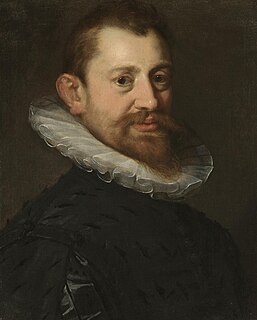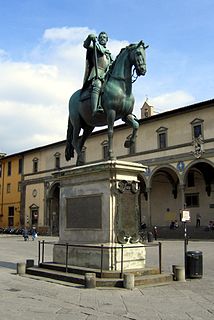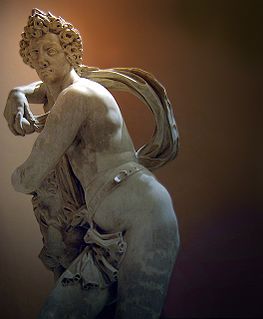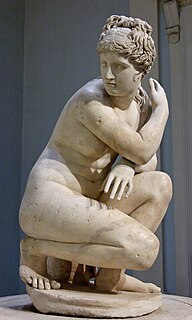

The Torrie horse or Mattei horse is a bronze Renaissance anatomical sculpture of a horse, created in Florence by Giambologna in the 1580s.

Renaissance art is the painting, sculpture and decorative arts of the period of European history, emerging as a distinct style in Italy in about 1400, in parallel with developments which occurred in philosophy, literature, music, and science. Renaissance art, perceived as the noblest of ancient traditions, took as its foundation the art of Classical antiquity, but transformed that tradition by absorbing recent developments in the art of Northern Europe and by applying contemporary scientific knowledge. Renaissance art, with Renaissance Humanist philosophy, spread throughout Europe, affecting both artists and their patrons with the development of new techniques and new artistic sensibilities. Renaissance art marks the transition of Europe from the medieval period to the Early Modern age.

Florence is the capital city of the Italian region of Tuscany. It is the most populous city in Tuscany, with 383,084 inhabitants in 2013, and over 1,520,000 in its metropolitan area.

Giambologna — — was a Flemish sculptor based in Italy, celebrated for his marble and bronze statuary in a late Renaissance or Mannerist style.
The horse is depicted on two legs, with the right fore and left rear foot raised, perhaps at the trot. It is écorché (flayed) with the skin removed so the underlying musculature is clearly visible, and stands about 90 centimetres (35 in) high

The trot is a two-beat diagonal gait of the horse where the diagonal pairs of legs move forward at the same time with a moment of suspension between each beat. It has a wide variation in possible speeds, but averages about 13 kilometres per hour (8.1 mph). A very slow trot is sometimes referred to as a jog. An extremely fast trot has no special name, but in harness racing, the trot of a Standardbred is faster than the gallop of the average non-racehorse, and has been clocked at over 30 miles per hour (48 km/h).

An écorché is a figure drawn, painted, or sculpted showing the muscles of the body without skin, normally as a figure study for another work or as an exercise for a student artist. The Renaissance-era architect, theorist and all-around Renaissance man, Leon Battista Alberti, recommended that when painters intend to depict a nude, they should first arrange the muscles and bones, then depict the overlying skin.
The sculpture may have been created as a preliminary a study for Giambologna's equestrian statue of Duke Cosimo cast in 1591 and displayed at the Piazza della Signoria in Florence. It is similar to Giambologna's statue of a pacing horse. It shows influence from some écorché drawings by Leonardo da Vinci, made for his uncompleted equestrian statue of Gian Giacomo Trivulzio, and resembles prints in Carlo Ruini's book, Anatomia del Cavallo. Some sources identify some inspiration from the ancient equestrian statue of Marcus Aurelius in Rome. The anatomical detail of the sculpture prefigures the intimate knowledge gained by George Stubbs from his own dissections.

The Equestrian Monument of Cosimo I is a bronze equestrian statue erected in 1594 in the Piazza della Signoria in Florence, region of Tuscany, Italy.

Piazza della Signoria is an L-shaped square in front of the Palazzo Vecchio in Florence, Italy. It was named after the Palazzo della Signoria, also called Palazzo Vecchio. It is the main point of the origin and history of the Florentine Republic and still maintains its reputation as the political focus of the city. It is the meeting place of Florentines as well as the numerous tourists, located near Palazzo Vecchio and Piazza del Duomo and gateway to Uffizi Gallery.
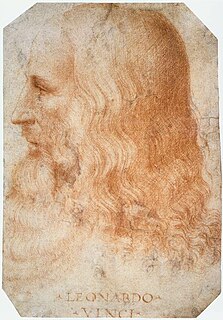
Leonardo di ser Piero da Vinci, more commonly Leonardo da Vinci or simply Leonardo, was an Italian polymath of the Renaissance whose areas of interest included invention, drawing, painting, sculpting, architecture, science, music, mathematics, engineering, literature, anatomy, geology, astronomy, botany, writing, history, and cartography. He has been variously called the father of palaeontology, ichnology, and architecture, and he is widely considered one of the greatest painters of all time. Sometimes credited with the inventions of the parachute, helicopter, and tank, he epitomised the Renaissance humanist ideal.
The sculpture was displayed at the Villa Mattei in Rome in the 18th century. Pope Clement XIV refused permission for Giuseppe Mattei to sell it, along with other artworks from his collection, in 1770. It was later sold to Cardinal Fesch, and then sold from his collection in Paris in June 1816. It was acquired by Charles Loeser in London in 1913, and left to the Palazzo Vecchio in Florence on his death in 1928.

The Villa Celimontana is a villa on the Caelian Hill in Rome, best known for its gardens. Its grounds cover most of the valley between the Aventine Hill and the Caelian.

Pope Clement XIV, born Giovanni Vincenzo Antonio Ganganelli, was head of the Catholic Church and ruler of the Papal States from 19 May 1769 to his death in 1774. At the time of his election, he was the only Franciscan friar in the College of Cardinals. To date, he is the last pope to take the pontifical name of "Clement" upon his election.
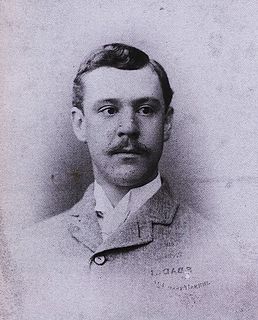
Charles Alexander Loeser (1864–1928) was an American art historian and art collector.
Copies of Giambologna's sculpture original were made at the Vatican foundry, by its directors Giuseppe Valadier and then Francesco Righetti. One of four known full size copies by Valadier was sold at Christie's in July 2013 for £1.4m; this sculpture may have been owned the Dukes of Northumberland before passing through the collection of Boris Kochno and Christian Bérard, and then Alexis von Rosenberg, Baron de Redé before being sold by Sotheby's in Monaco in 1975 for 1.5 million French francs.

Giuseppe Valadier was an Italian architect and designer, urban planner and archeologist, a chief exponent of Neoclassicism in Italy.
Francesco Righetti was a Swiss architect who developed most of his works in Argentina, which would become his place of residence.

Christie's is a British auction house. It was founded in 1766 by James Christie. Its main premises are on King Street, St James's, in London and in the Rockefeller Center in New York City. The company is owned by Groupe Artémis, the holding company of François-Henri Pinault. Sales in 2015 totalled £4.8 billion. In 2017 the Salvator Mundi was sold for $450.3 million at Christie's, and which at that time was the highest price ever paid for a single painting at an auction.
A different example of the sculpture was acquired in Rome by James Erskine, later 3rd Erskine baronet of Torrie, around 1803, who attempted to sell it in London in 1804, and then brought it to Scotland. This sculpture is probably a copy by Valadier, as the original was still Cardinal Fesch's collection at the time. Erskine left his art collection, including the sculpture, to the University of Edinburgh on his death in 1836, and now held by the university's Museum of Fine Arts. Another example by Valadier is held by the Michele and Donald D'Amour Museum of Fine Arts, in Springfield, Massachusetts.
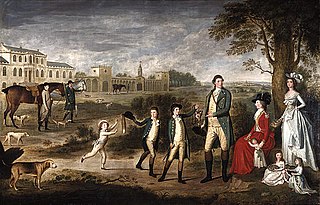
There have been five baronetcies created for person with the surname Erskine, two in the Baronetage of Nova Scotia, one in the Baronetage of Great Britain and two in the Baronetage of the United Kingdom. Two of the creations are extant as of 2010.

Torryburn is a village and parish in Fife, Scotland, lying on the north shore of the Firth of Forth. It is one of a number of old port communities on this coast and at one point served as port for Dunfermline. It lies in the Bay of Torry in South Western Fife.
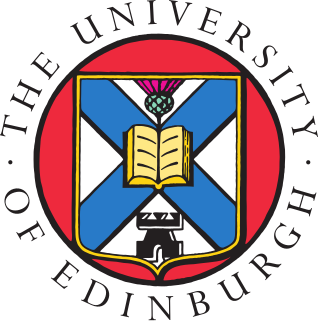
The University of Edinburgh, founded in 1582, is the sixth oldest university in the English-speaking world and one of Scotland's ancient universities. The university is deeply embedded in the fabric of the city of Edinburgh, with many of the buildings in the historic Old Town belonging to the university. The university played an important role in leading Edinburgh to its reputation as a chief intellectual centre during the Age of Enlightenment, and helped give the city the nickname of the Athens of the North.
The University of Edinburgh veterinary school holds a more recent copy of the Edinburgh sculpture made by Mario Pastori in 1984. The Edinburgh sculpture was also copied to become the Breeders Cup trophy in the 1980s, with smaller replicas presented to the winners of Breeders' Cup World Championships races.


